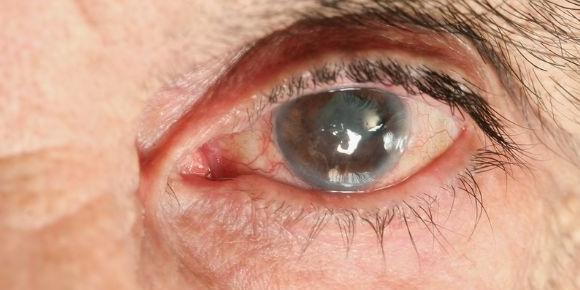
The Complexity of Eye Diseases in the Elderly: A Comprehensive Guide
As we age, our bodies undergo a series of changes, and our eyes are no exception. Age often brings about susceptibility to a variety of eye diseases, making eye health a critical component of overall wellness in our later years. This comprehensive guide dives into the complexity of eye diseases in the elderly, offering a wealth of knowledge from causes and symptoms to prevention and treatment options.
Understanding Eye Diseases in the Elderly: An Overview
Elderly eye health is a topic of increasing importance as our population ages. Regular eye exams play a critical role in maintaining good vision and diagnosing eye diseases early. Vision problems in the elderly are often linked to age-related macular degeneration (AMD), cataracts, glaucoma, and diabetic retinopathy - the four most common eye diseases in the elderly.
Age-Related Macular Degeneration (AMD)
AMD is a leading cause of vision loss in people over 60. It affects the macula, the part of the eye that allows us to see fine details. Over time, this impairment can lead to a significant reduction in central vision. There are two types of AMD – dry and wet. The dry form is more common and less severe, while the wet form, though less common, can lead to serious vision loss.
Cataracts in the Elderly
A cataract forms when the lens of the eye, responsible for focusing light onto the retina, becomes clouded. This results in blurry or double vision. Cataracts in the elderly are so common that by age 80, more than half of all Americans either have a cataract or have undergone cataract surgery.
Glaucoma: The Silent Thief of Sight
Glaucoma is often referred to as the silent thief of sight because it can cause significant damage before any symptoms occur. It's characterized by a buildup of pressure inside the eye, which can lead to optic nerve damage. Regular eye exams are critical in detecting glaucoma early.
Diabetic Retinopathy: A Threat to Diabetic Elders
Diabetic retinopathy is a condition that affects those with diabetes. Over time, high blood sugar levels can damage the blood vessels in the retina, potentially leading to blindness. Diabetic eye disease encompasses other conditions like diabetic macular edema (DME), cataracts, and glaucoma.
Symptoms of Eye Diseases in the Elderly
Symptoms can range from mild discomfort to severe vision loss. Watch out for symptoms such as blurry vision, double vision, eye pain, floaters, flashes of light, and sudden vision loss. If you notice any of these symptoms, it's essential to visit an eye care professional immediately.
Prevention and Treatment: Maintaining Eye Health in the Elderly
While age is a significant risk factor for many eye diseases, lifestyle changes can help preserve your vision. A healthy diet rich in eye health nutrition, regular exercise, and quitting smoking can significantly reduce the risk of developing eye diseases. Regular eye exams are also crucial as they can detect problems early when they are most treatable.
In terms of treatment, options vary depending on the disease. Eye drops for dry eyes, laser eye surgery for certain types of glaucoma and diabetic retinopathy, and cataract surgery are common treatments. New treatments for diseases like AMD are always under development, reflecting the latest research on eye diseases in the elderly.
Living with Eye Diseases
Living with an eye disease can be challenging, but there are resources available to help. Assistive technology for low vision, like reading glasses for the elderly or magnifying devices, can make daily tasks easier. Support groups for vision loss can provide emotional support and practical advice.
Conclusion
Understanding eye diseases in the elderly is the first step in managing them effectively. Regular eye exams, a healthy lifestyle, and prompt treatment of any detected issues are key to maintaining eye health as we age. Always remember to seek professional help if you suspect any issues, as early detection is crucial in managing these conditions.


